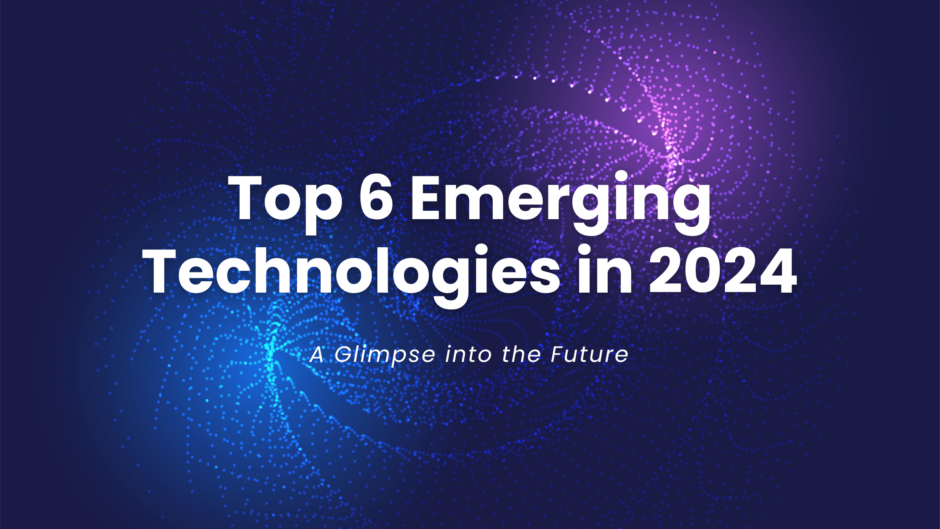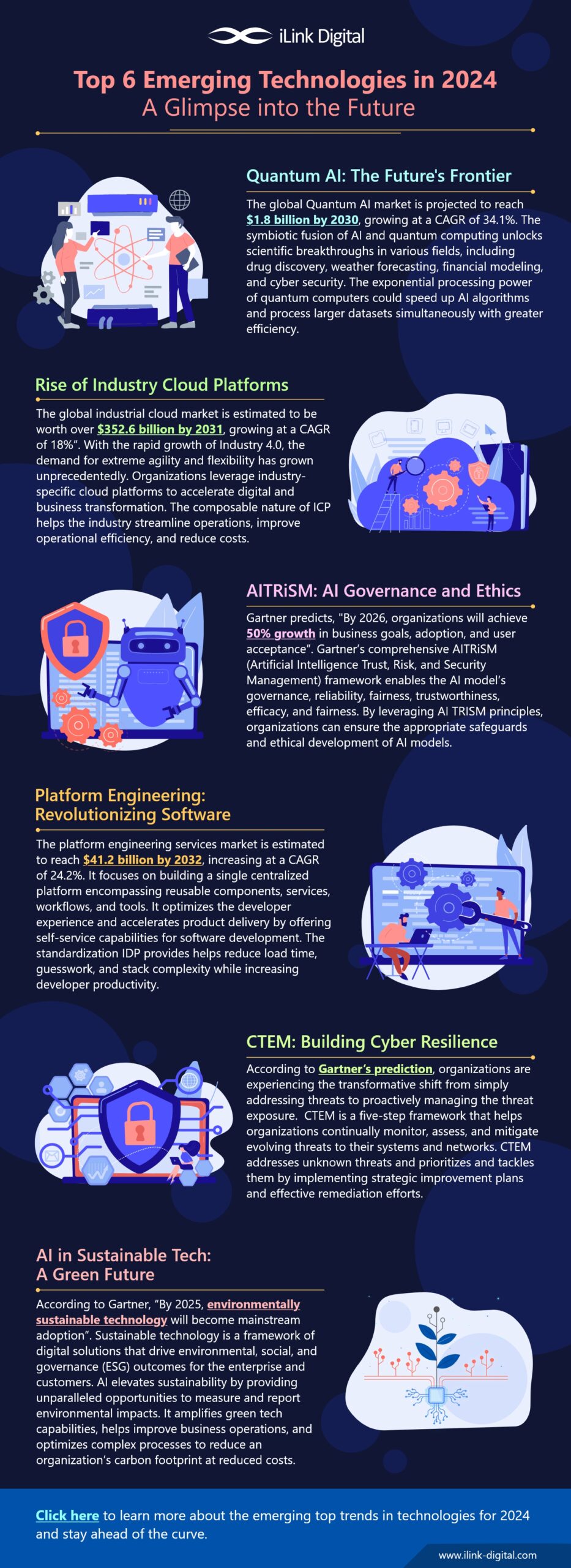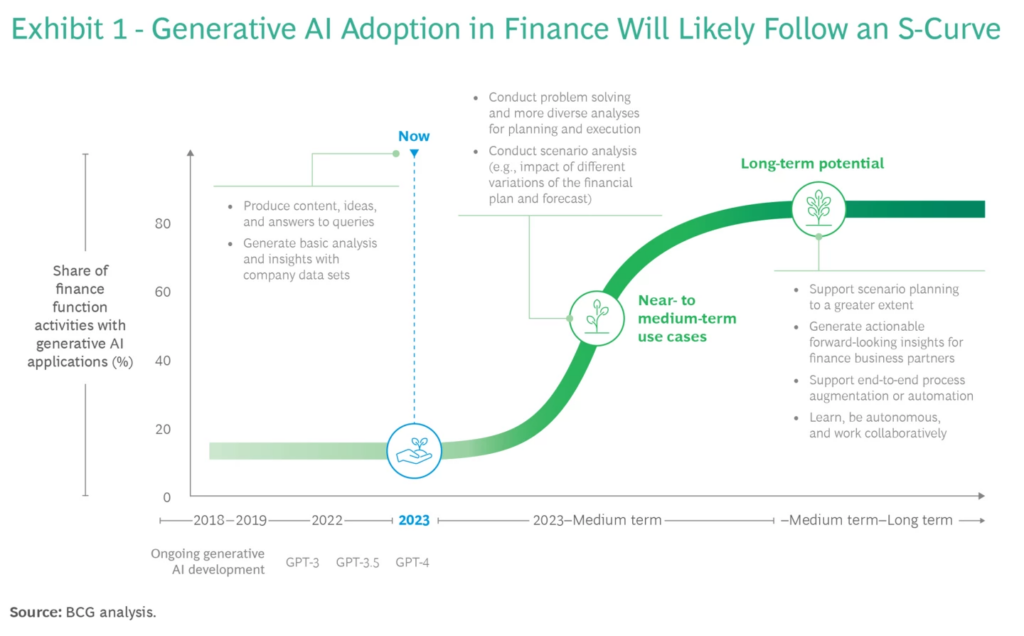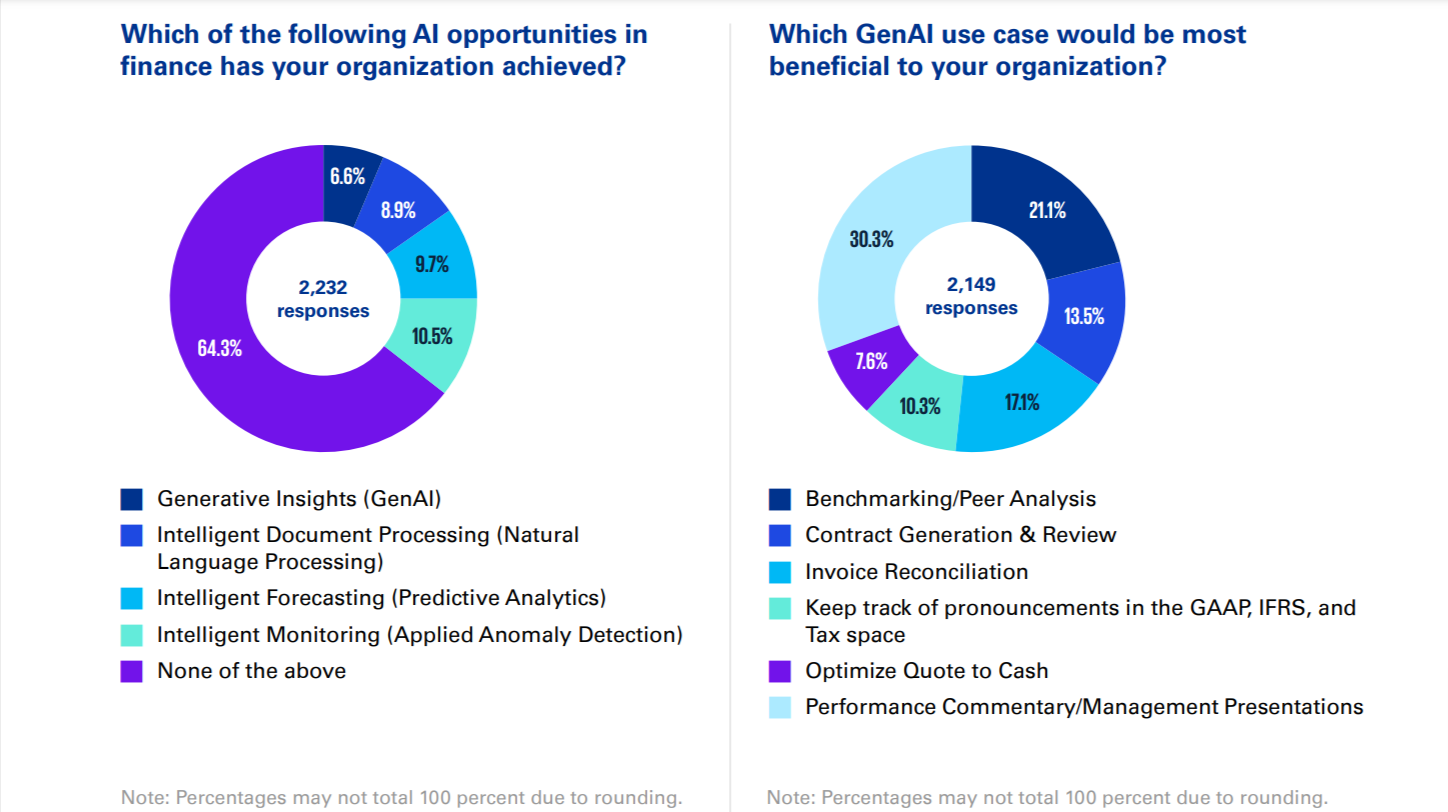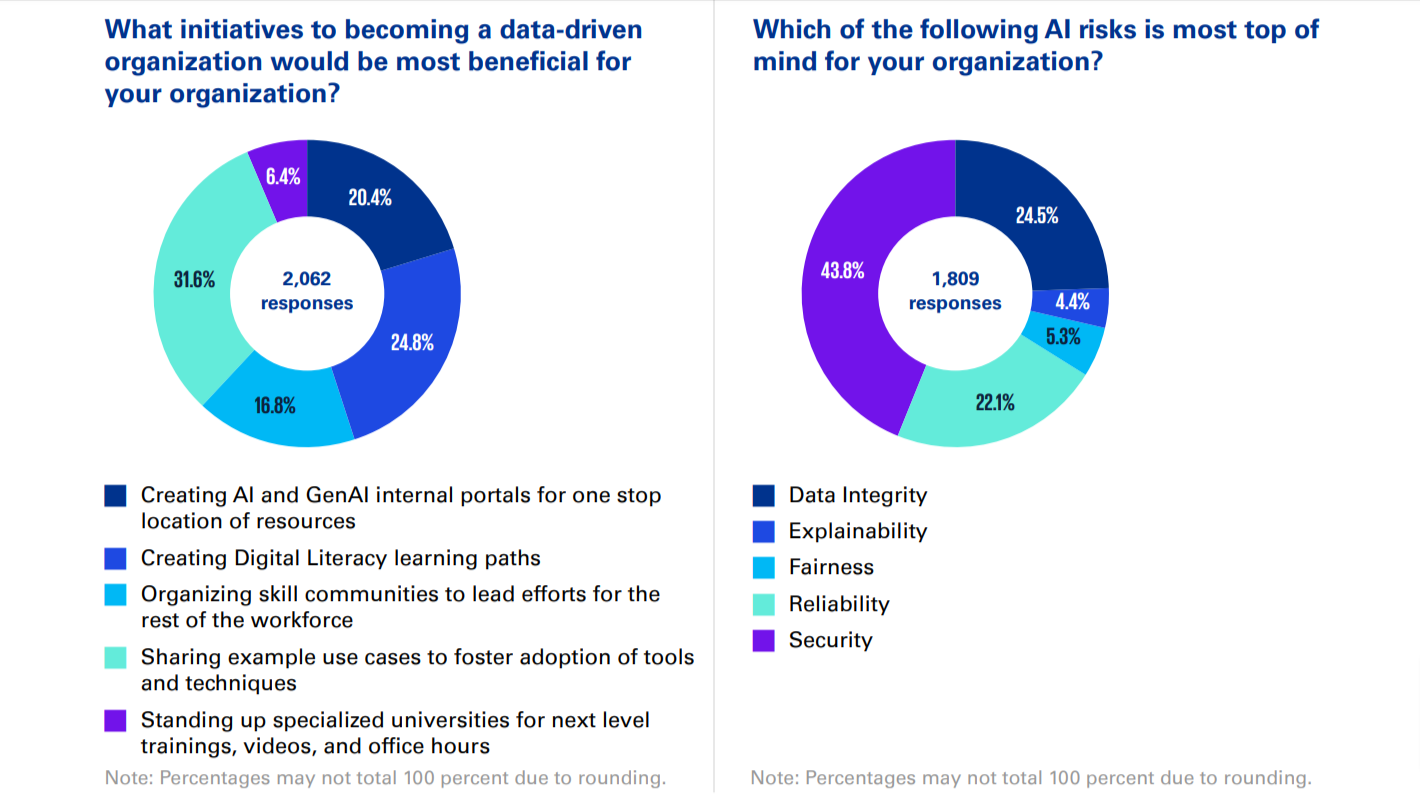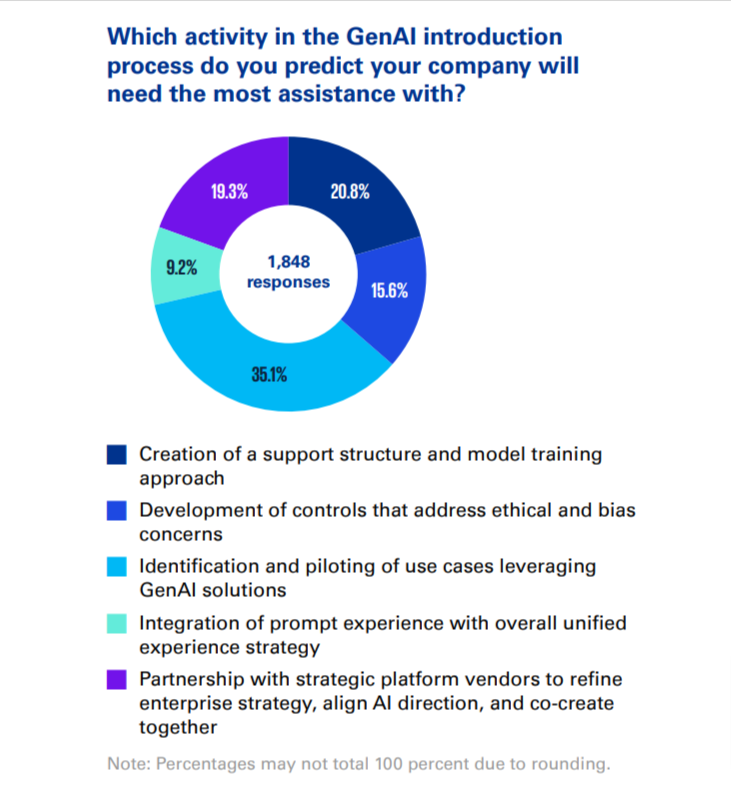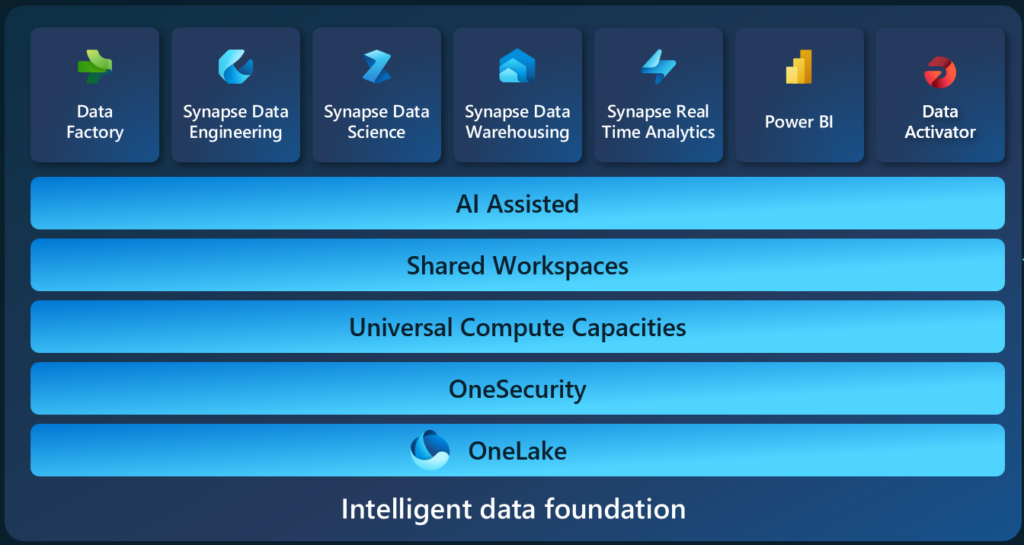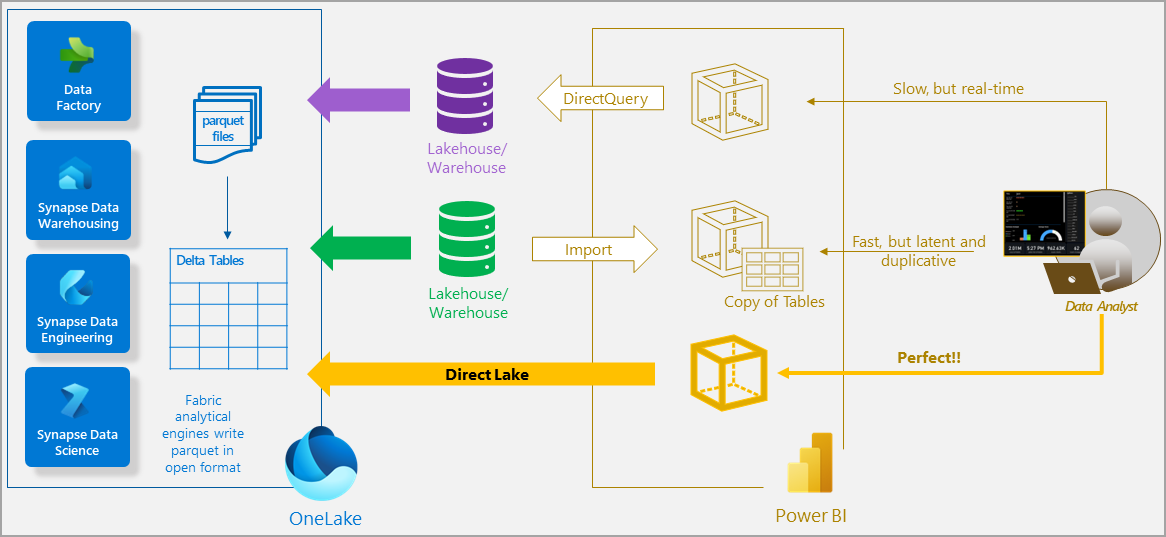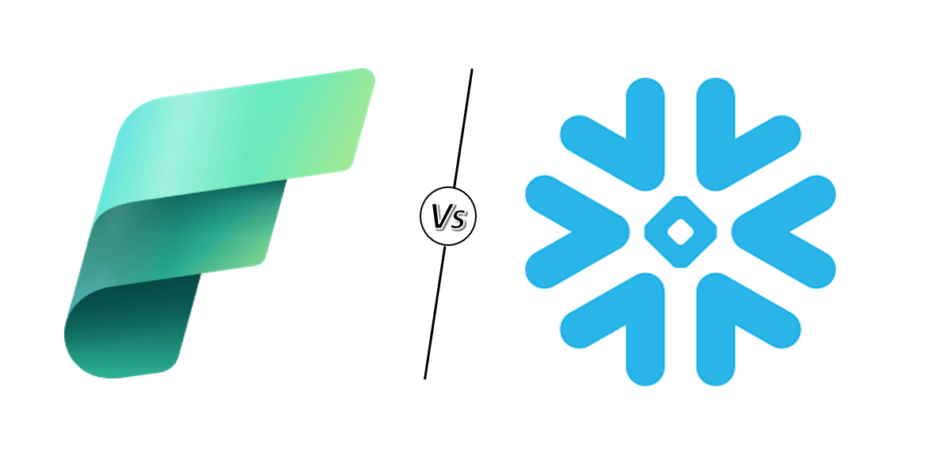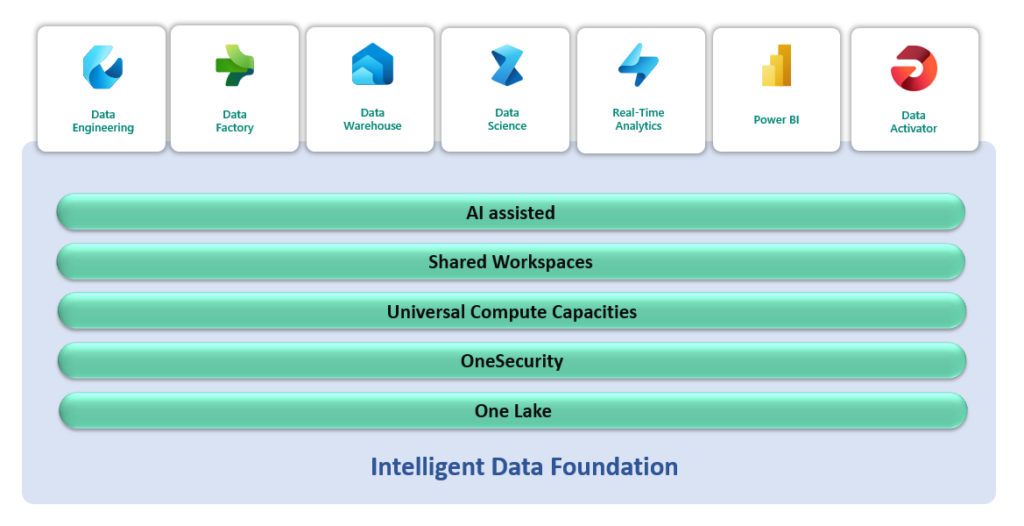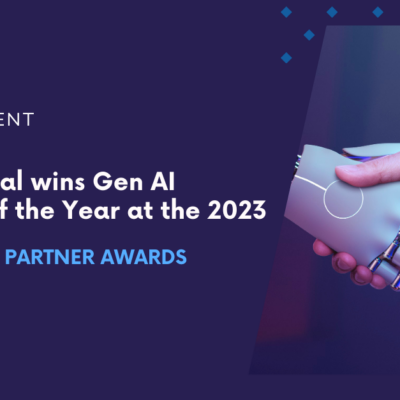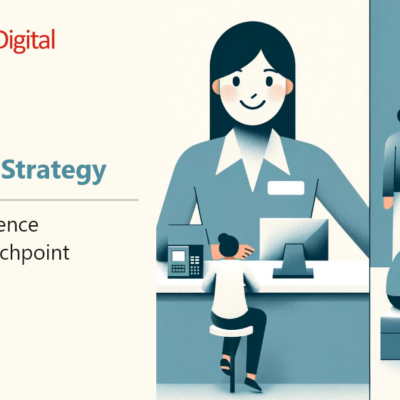
Revolutionizing Industries with Power Platform: Case Studies and Insights
Imagine a world where you can shape digital solutions without being a coding wizard. That’s precisely what the Microsoft Power Platform offers through its four pillars: Power Apps, Power Automate (formerly known as Microsoft Flow), Power BI, and Power Virtual Agents. Discover the extraordinary potential of the Power Platform, a dynamic suite of cutting-edge, low-code, and no-code tools crafted by Microsoft to unleash the creative power of individuals and organizations.
With these tools at your fingertips, you can effortlessly craft bespoke business applications, automate intricate workflows, and dive deep into data analysis. In this blog, we’ll dive deep into the ways the Power Platform is turning industries upside down, revolutionizing operations, and driving innovation. Buckle up for a thrilling journey through the transformative power of technology.
You might also find interesting: 6 Guided Strategies for Microsoft Power Platform Implementation.
Power Platform – Empowering Agriculture’s Digital Revolution!

Agriculture is an industry where efficiency, sustainability, and productivity are paramount. Power Platform can transform this ancient practice into a modern efficiency and data analytics marvel.
- Streamlined Farm Management: With Power Apps, farmers can develop custom applications that track crop growth, manage livestock, and monitor resource usage like water and fertilizer, leading to sustainable practices and cost savings.
- Data-Driven Agricultural Insights: Power BI can transform raw data into actionable agricultural insights, predicting crop yields and market trends and helping manage risk against environmental factors.
- Automating Routine Tasks: Farmers can automate irrigation systems based on weather forecasts, trigger alerts for livestock health issues, and manage supply chains more efficiently using Power Automate.
iLink Digital collaborated with a European agriculture corporation to revamp their IORS application using Power Platform. This modernization enhanced user access management, offering a secure, scalable, and cost-effective solution that improved productivity and user experience. Read in detail here.
Elevating Voluntary Organizations with Power Platform.

Volunteer organizations often operate on tight budgets and with the need for transparency. Power Platform helps these organizations do more with less, ensuring they can focus on their core mission.
- Volunteer Management and Engagement: Custom apps created with Power Apps can manage volunteer databases, track hours, and automate the distribution of tasks, improving the volunteer experience and increasing engagement.
- Donation Tracking and Management: Power BI offers real-time dashboards that track donations, expenditures, and grants, making reporting more transparent to stakeholders and increasing trust and support.
- Event and Campaign Automation: With Power Automate, NGOs can set up automated workflows for events and fundraising campaigns, sending out notifications and thank-you messages and creating a seamless bridge between the organization and its supporters.
An illustrative example is iLink Digital’s partnership with a prominent American volunteer club. They utilized Power Apps, Dataverse, and other Microsoft technologies to digitize the club’s safety assessment process. This digital transformation resulted in increased efficiency, greater data accuracy, and valuable insights, which were instrumental in maintaining a safe and supportive environment for the staff and members across the club’s national network.
Read more about the results here.
Driving Innovation Turbocharging the Automotive Industry

The automotive sector is highly competitive, requiring constant innovation and efficiency improvements. Power Platform aids in digitizing processes and enhancing decision-making.
- Enhanced Dealer Management: Dealerships can use Power Apps to manage inventory, customer interactions, and after-sales services, offering a better customer experience and increasing operational efficiency.
- Production Process Optimization: Power Automate can streamline production processes by integrating IoT devices in manufacturing plants, ensuring timely maintenance and reducing downtime.
- Real-time Analytics for Performance: With Power BI, automotive businesses can get a better idea of market trends, customer needs, and production performance, enabling them to make informed strategic decisions.
iLink Digital enhanced a leading automotive company’s program management and collaboration using Microsoft’s Power Platform. This solution significantly saved time and fostered better cross-functional collaboration. Learn How?
Uniting Industries Under a Digital Umbrella
What’s remarkable about Power Platform is its ability to tailor its capabilities to the unique needs of any industry.
- Customization: Each sector has challenges, and Power Platform’s strength lies in its customization capabilities. Without extensive coding knowledge, businesses can build solutions that fit their specific operational needs.
- Integration: The platform integrates seamlessly with other Microsoft technologies and third-party systems, ensuring businesses can enhance their infrastructure without disruptions.
- Scalability: As industries grow and evolve, so do their technological needs. Power Platform is scalable, meaning it can grow with the business, adding new functionalities and improving existing ones as needed.
- Security and Compliance: With cybersecurity threats rising, Power Platform provides robust security features, ensuring data is protected and Compliance with industry regulations is maintained.
Unlock Your Potential with Power Platform x iLink Digital!
Discover the limitless possibilities of Power Platform with iLink Digital. No matter your industry, we’re here to help you harness the full potential of Power Platform for unprecedented growth and success. Reach out today to accelerate your digital transformation journey!


